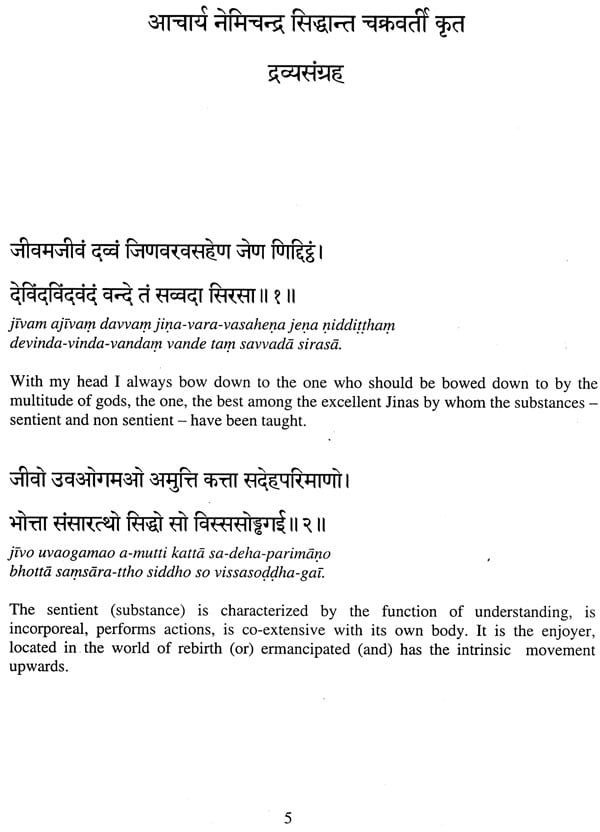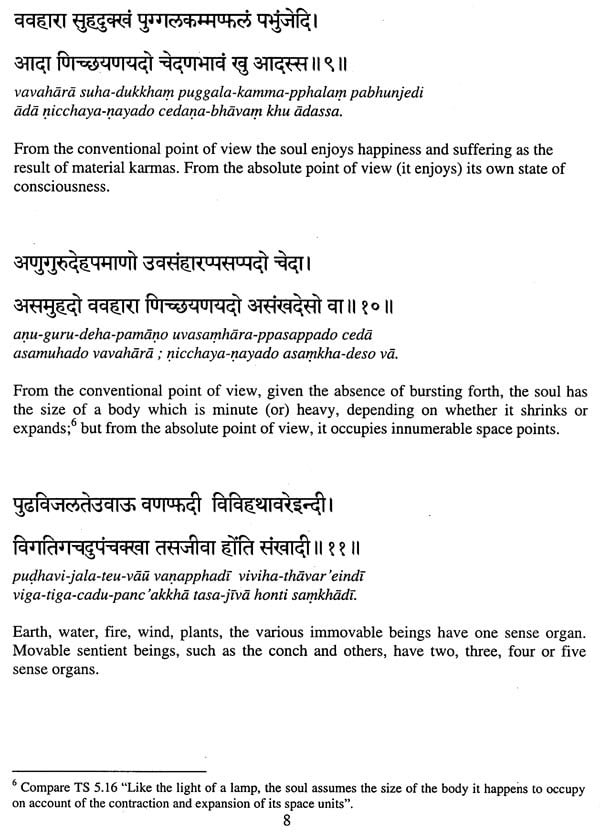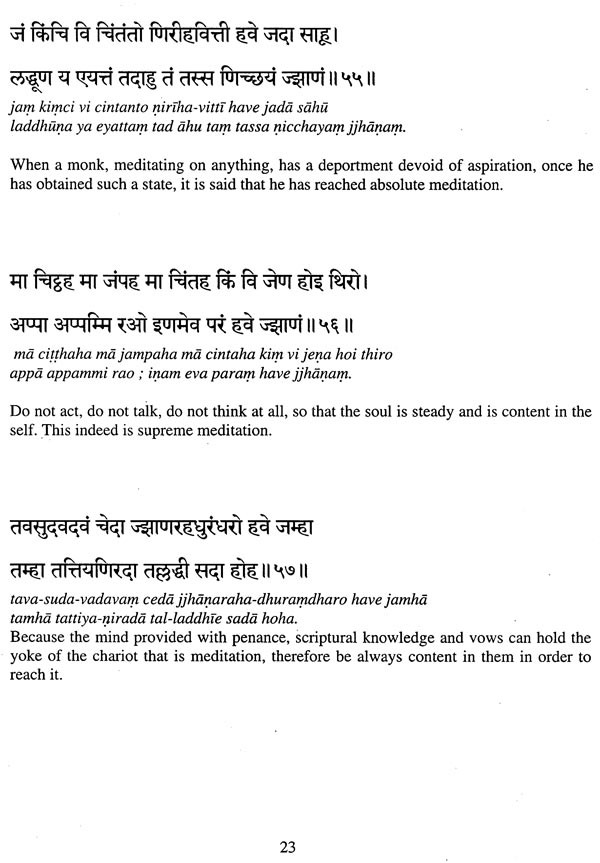
Dravyasamgraha
Book Specification
| Item Code: | UAB480 |
| Author: | Nalini Balbir |
| Publisher: | Hindi Granth Karyalaya |
| Language: | Prakrit and English |
| Edition: | 2010 |
| ISBN: | 9788188769308 |
| Pages: | 23 |
| Cover: | PAPERBACK |
| Other Details | 9.50 X 7.50 inches |
| Weight | 70 gm |
Book Description
The author is Nemicandra Siddhanta Cakravartin, a prolific author who can be said to be a specialist in summarizing and giving lucidly the essence of teachings in various fields: sarpgrahas and saras are his specialty, he who also wrote a Trilokasara, about cosmology, a Labdhisara, about attainments, a Ksapanasara, about the destruction of karmas, and a Gommatasara. Not much is known about him from his own works, apart from the fact that, at the end of the Trilokasara and of the Gommatasara, he introduces himself as a pupil of Abhayanandi, Viranandi, Indranandi and Kanakanandi. He is likely to have lived in the second half of the 10th century in South India. There are indications showing that he was highly respected by the Ganga general Camundaraya, the samyaktvaratnakara "ocean of true insight" who commissioned the erection of the famous Bahubali image at Shravanabelgola.
Nemicandra's works have become classics of Jain doctrine. As J. Jalaj recalls in the introduction to his Hindi translation of the Dravyasamgraha (2009), the Dravyasamgraha plays a role in Jain education and is often memorized. It has been the starting point of numerous commentaries in various languages, from Sanskrit to Kannara or Rajasthani, and manuscript copies are available in several libraries of Western and South India, as well as in Europe (Strasbourg and London). During the Moghul period and even later, Nemicandra's Karmaprakrti, made of a selection of verses taken from the Karmakc7nda and the Jivakc7rida, was apparently considered an adequate representative of Jainism which could appeal to outside circles as well. There are manuscripts of its Prakrit text rendered into Sanskrit and followed by a lengthy Persian commentaries waiting to be read and estimated by scholars. I know of at least two examples, one in London (written in the 18'h century for the French General Claude Martin) and a more recent one (19th cent.) in Oxford.'
Book's Contents and Sample Pages









